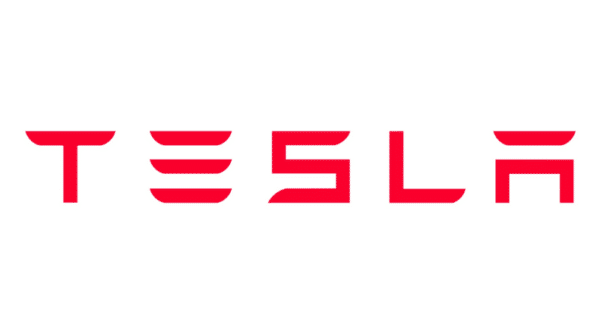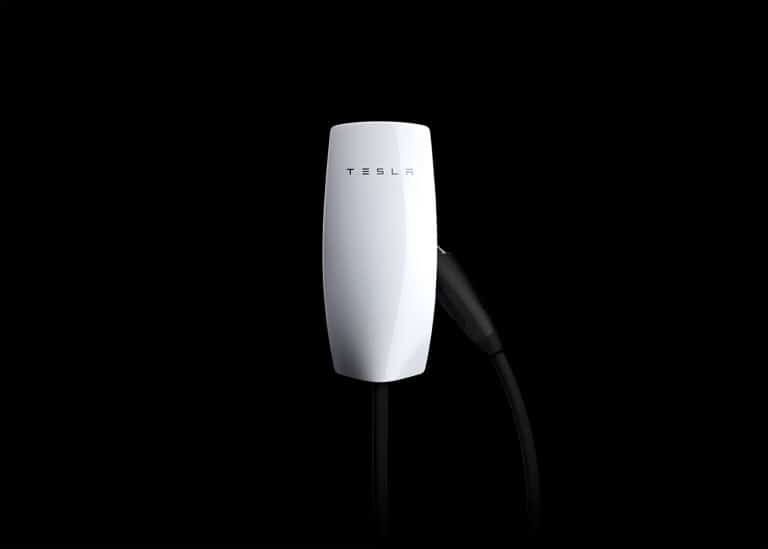
In home EV charging, the Tesla Wall Connector is a familiar name. It boasts a powerful output that tops off your battery significantly faster than a standard outlet. This review will explore its features, specifications, and pros and cons to see if it lives up to the hype of delivering a seamless home charging experience.

Key features of the Tesla Wall Connector
- Fast charging: The Tesla Wall Connector delivers up to 22 kW of power which translates to up to 70.8 km of range added per hour for Tesla vehicles.
- Lightweight design: Its lightweight design allows for versatile indoor or outdoor mounting that adapts to various electrical systems.
- Wi-Fi connectivity: The wall connector lets you monitor and manage your charging sessions remotely through the Tesla mobile app. You can also schedule charging, monitor charging progress, and receive notifications.
- Customisable power levels: The Tesla Wall Connector offers flexibility to adjust power levels based on your specific charging needs.
- Compatibility: It is compatible with all Tesla models.
Specifications of the Tesla Wall Connector
- Max current output: 32 amps
- Safety: Integrated GFCI
- Cable length: 7.3m
- Installation: Indoor/outdoor
- Power sharing: Automatic load management
Pros of Tesla Wall Connector
- Cost savings: The Tesla Wall Connector allows for fast charging and can translate to lower electricity costs if you charge during off-peak hours.
- Seamless integration: It offers features alike app integration specifically designed for a smooth experience with Tesla cars.
- Safe and reliable: Built for indoor or outdoor use with a reliable warranty.
Cons of Tesla Powerwall 2
- Limited compatibility: The Wall Connector only works with Tesla vehicles, so its use is restricted if you own other EVs.
- May not be for everyone: For those who don’t drive long distances daily or have access to public charging, the faster charging speeds might not be a crucial factor.
While the Tesla Wall Connector boasts impressive charging speeds and convenient features like Wi-Fi connectivity and app integration, its compatibility solely with Tesla vehicles and potential upfront costs for installation and electrical upgrades might make it a better fit for dedicated Tesla owners who drive frequently.











































